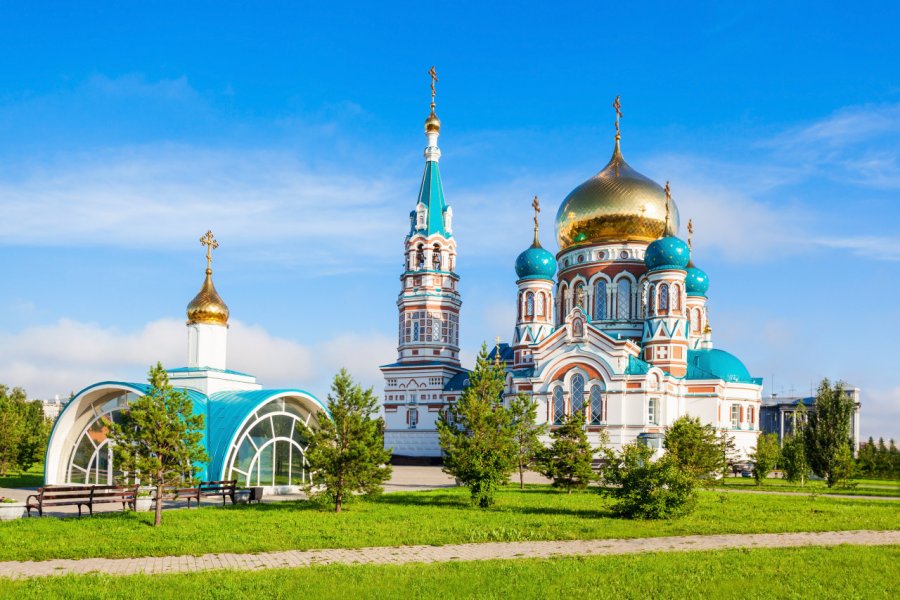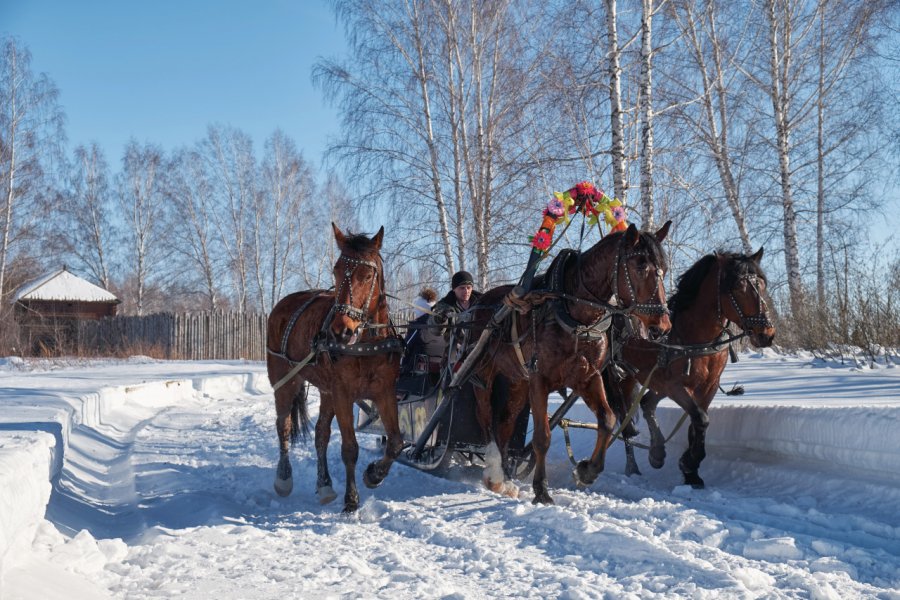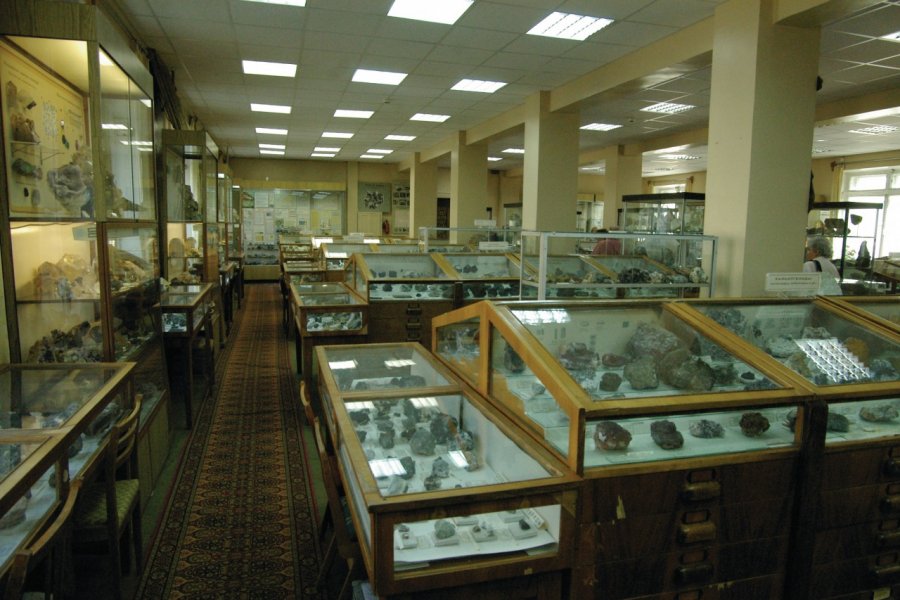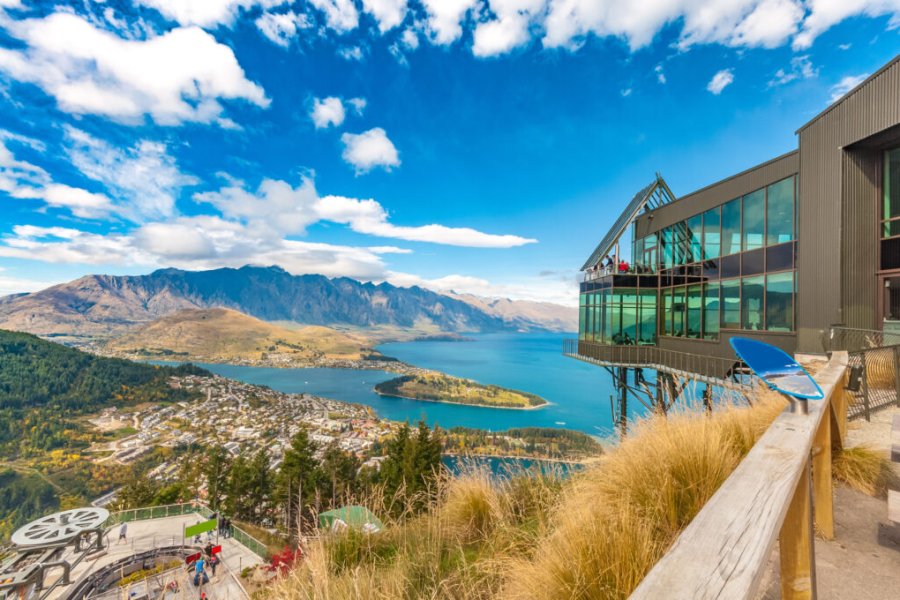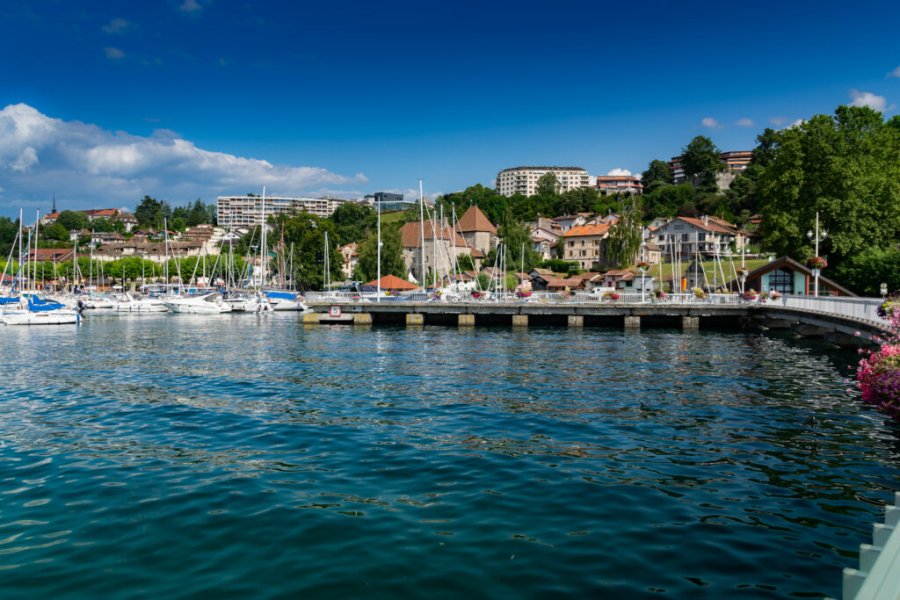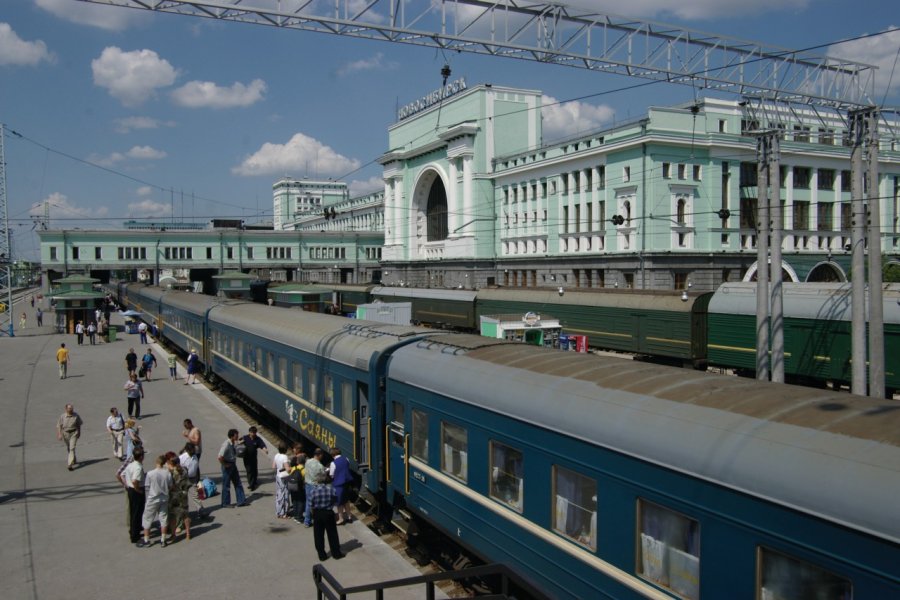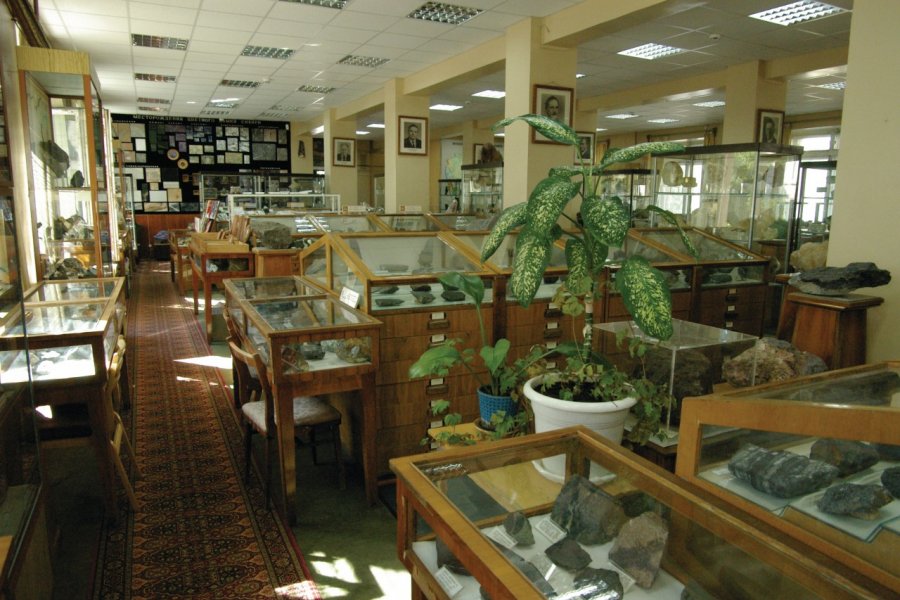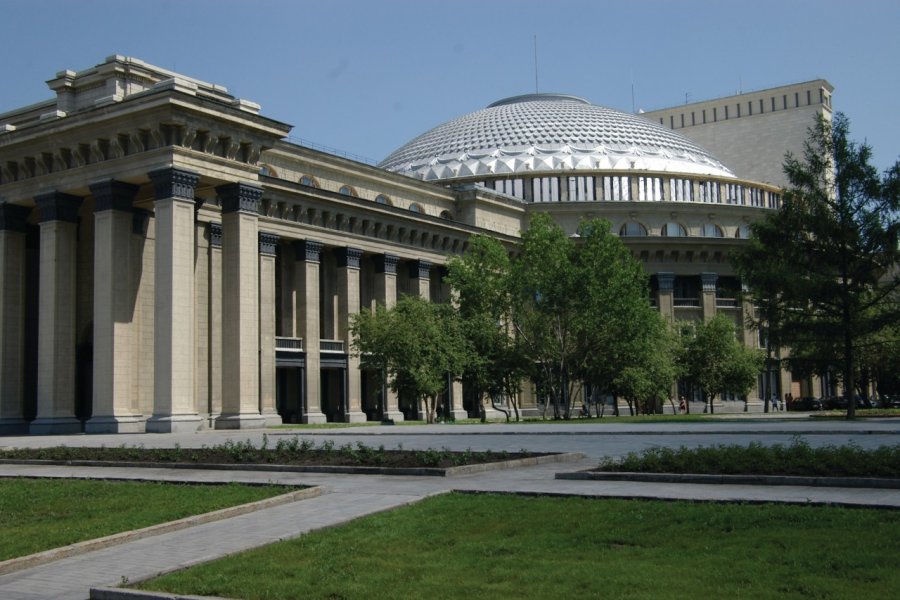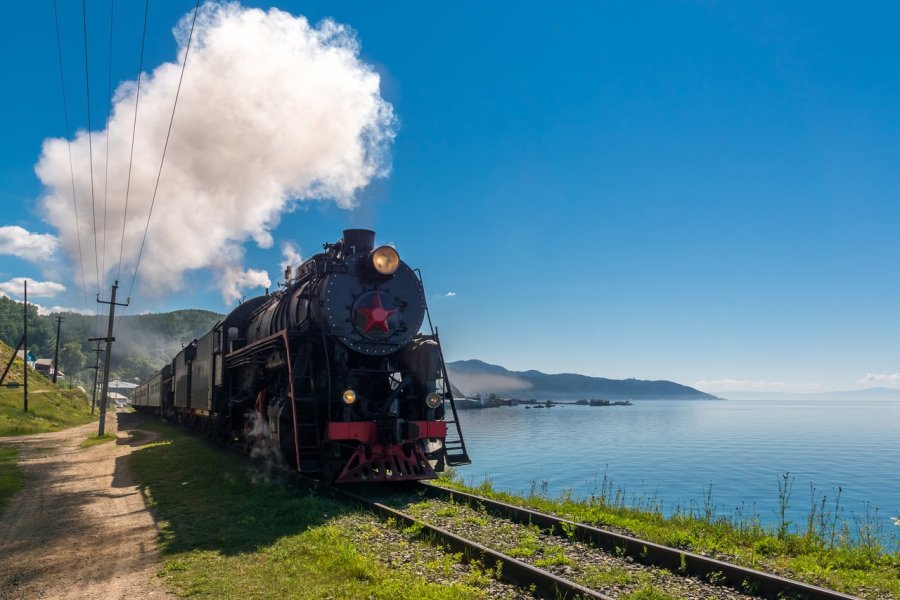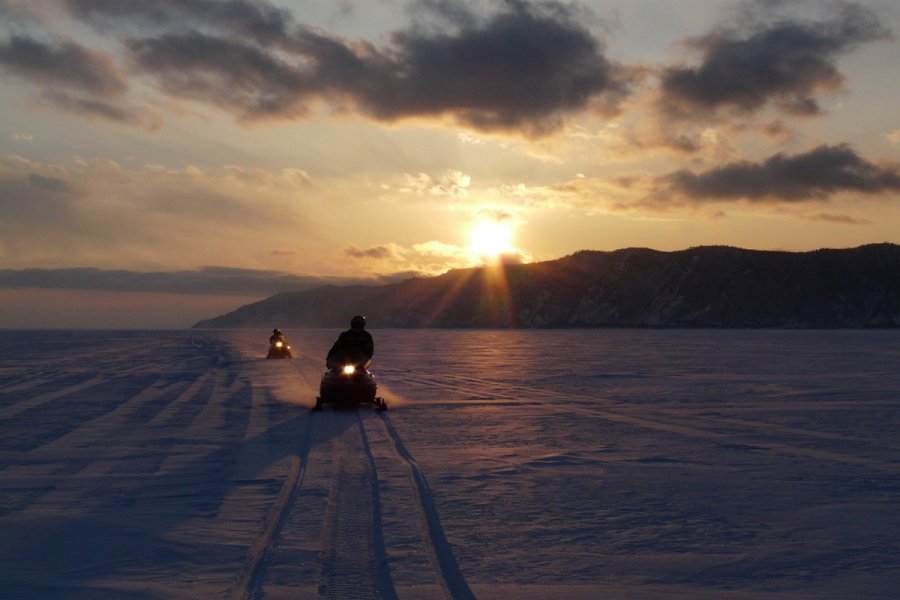Travel Guide West Siberian
This is a still confidential tourist destination. Within Russia, Western Siberia extends from Mongolia to the Arctic Ocean and from the eastern Urals to the watershed of the Ob and Yenisei rivers. It is a wet plain dotted with lakes and swamps. The Western Siberian Plain (За́падно-Сиби́рская равни́на) occupies the western part of the immense Siberia, covering about a third of its area, stretching 2,400 km from north to south and 1,900 km from east to west. It is a mosaic of varied natural spaces: tundra, wooded tundra, taiga, deciduous and coniferous forests, steppe and semi-arid zone. To the south, you have Altai mountains with superb peaks where you can hike, climb and raft. In the forests are located romantic isbas and some cities offer ancient centers, including Tomsk and Tobolsk with its kremlin and Orthodox Cathedral of Saint Sophia. You will not miss visiting and staying in Novosibirsk, with tourist attractions that attract locals and foreigners alike: water park, zoological park, botanical garden, Byzantine cathedral Alexander Nevsky, railway museum... While the discovery of Western and Eastern Siberia remains an off-the-beaten track adventure, tourism is developing rapidly in the region and the host infrastructure is improving. Don't forget your tour guide in your suitcases.
What to visit West Siberian?
Suggested addresses West Siberian
When to go to West Siberian?
When to discover Western Siberia? It's common knowledge, the winter is very harsh in Siberia. It is better to plan your stay in summer, especially since even at this time the tourist attendance remains moderate, even very moderate in some areas. Two periods are essentially to be avoided: the melting of snow (around mid-April, early May), and the period from mid-October to early December when the days are very short and the sun almost never shines. To hike in the southern mountains, prefer May and June. Autumn offers the taiga flamboyant colours.
Weather at the moment
The climate of this region is continental with, given the size of the territory, variations from south to north, from west to east. In general, the winters are long and very cold. Winds and blizzards are frequent and snow is omnipresent. Average January temperatures range from -10°C in the south to -25°C in the north. Summers are short and hot.
The currency is the ruble (RUB), divided into 100 kopecks. You can change your euros on the spot or use your credit card for withdrawals at the counter. Russia is vast, the standard of living differs from one region to another. One must distinguish between Moscow and St. Petersburg, which are considered expensive, the regional capitals and tourist centers (including the Black Sea coast), which are affordable, and other cities which are even more affordable. Accommodation is the most expensive. Siberia remains one of the cheapest regions of Russia.
EU nationals who wish to stay in Russia and therefore in Siberia must first obtain a visa (one month maximum for a tourist visa). You need an invitation if you are travelling individually, if you are going on an organized trip, your tour operator will take care of everything. The passport used must still be valid at least six months after the date of exit from the country.
There are no specific risks for stays in large cities. However, be up to date with your vaccinations, preferably drink mineral water and be careful with what you eat. In the Russian forests and particularly in Siberia, you can be in contact with ticks carrying arbovirus (tick-borne encephalitis), protect yourself and check that you have not brought back any unwanted host. Vaccination may be advisable. Nile fever transmitted by mosquitoes in wet and swampy areas may affect some regions of Russia (Volgograd, Rostov-on-Don and Voronezh) where you should protect yourself from bites. Avoid swimming in lakes and ponds because of the risk of leptospirosis (Novosibirsk and Yekaterinburg regions). Some cases of indigenous malaria have been described.
Practical information
- When to travel?
- Weather forecast
- Budget
- Formalities
- Health
- How to travel by yourself?
- How to get organized?
- Getting around
Media
How to go to West Siberian? Our advice & tips
Organized trips to Russia are a good option. They generally take place over three weeks, which still allows you to discover several regions efficiently as long as everything is organized and you will not waste your time looking for your route or your accommodation. Another advantage: you do not have to worry about your visa.
Discover our selection of travel agencies for this destinationNot mastering the Russian language is no longer a problem on the spot, except in the countryside, because the practice of English is growing more and more. You will easily find air-only flights to St. Petersburg or Moscow, you can book your hotels in the city from home. On site, according to the itinerary you have planned, you can always connect one point to another by bus or train.
Domestic flights are efficient but expensive. Take the buses and marshroutkas from the bus station, which criss-cross the country at unbeatable prices. But it is the train that will take you to the measure of the country, samovar within reach of a cup, with or without a berth. A high-speed train links Moscow and St. Petersburg in 5 hours. Cruise ships use rivers. In Moscow, boats travel along the Moskva River at a low cost. In Moscow and St. Petersburg, take taxis instead of buses. In Siberia, the Trans-Siberian Railway is an interesting option at all levels.
